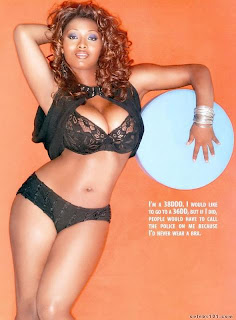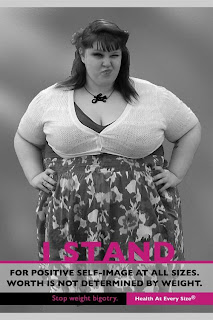Gender reassignment surgery has been around since the beginning of civilization, but has not always been used to improve body image. In fact, in ancient times, gender reassignment surgery was as ruthless as castration made to make a slave feel worthless and unmanly. However, nowadays gender reassignment surgery is used to celebrate transgender individuals and allow them to embrace a body that they truly feel they belong in. The quote above expresses the self loathing transgender women and men can feel about their bodies, many times they describe the feeling as "trapped". The medical advances in gender reassignment surgery have been steadily improving, and many surgeons are beginning to be trained in the specific field of genital reconstruction. In fact, it may be possible for a transgender male to eventually carry a baby to term in a "donor uterus" with the use of drugs and hormone therapies in the future. The leaps and bounds the medical community has made in regards to gender reassignment surgery is a testament to the diversifying society we live in today.
http://ai.eecs.umich.edu/people/conway/TS/SRS.html







